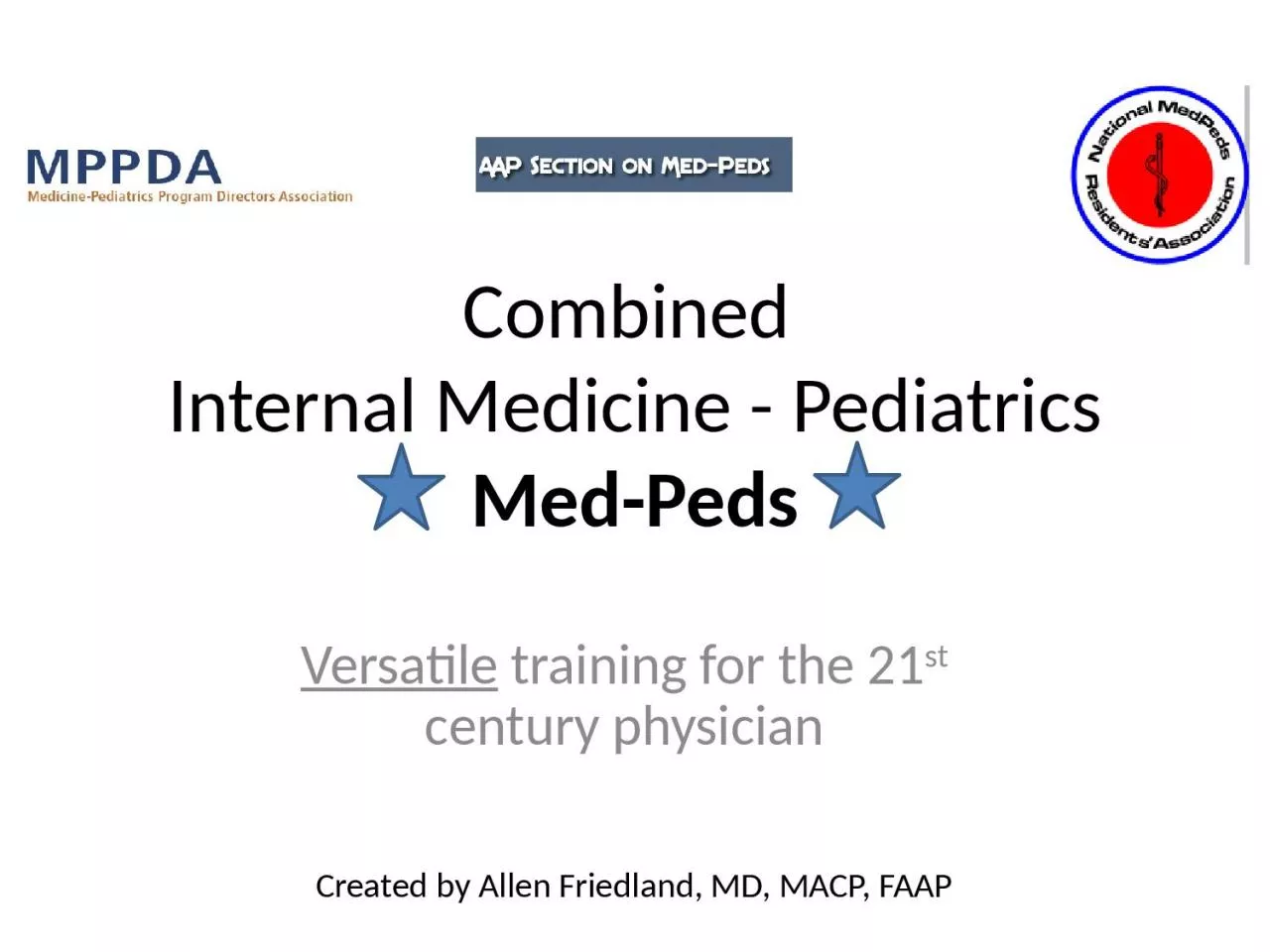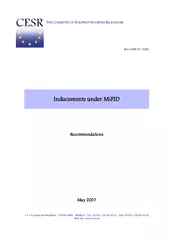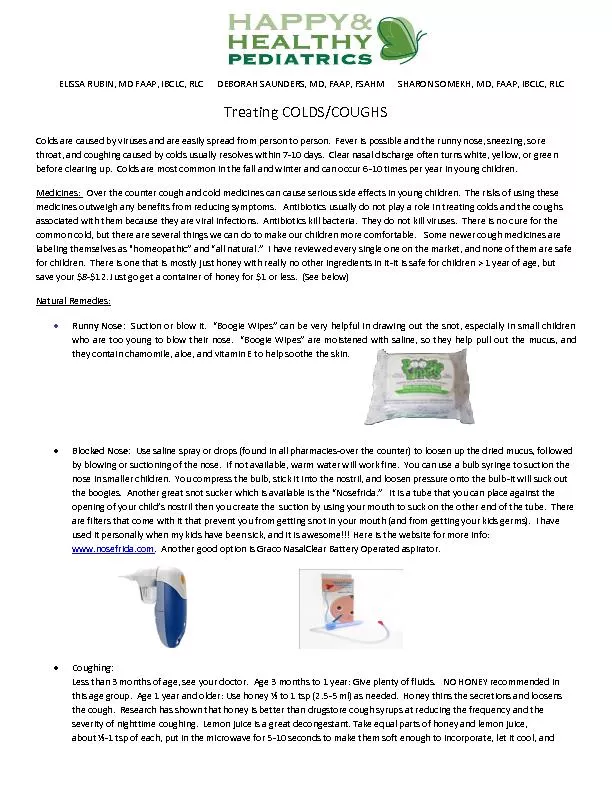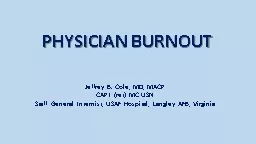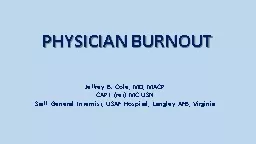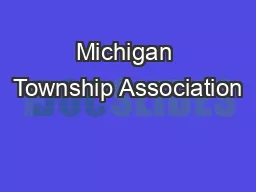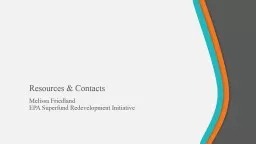PPT-Created by Allen Friedland, MD, MACP, FAAP
Author : jocelyn | Published Date : 2023-11-22
Association Combined Internal Medicine Pediatrics MedPeds Versatile training for the 21 st century physician Lets Get Basic Internship The first year out of medical
Presentation Embed Code
Download Presentation
Download Presentation The PPT/PDF document "Created by Allen Friedland, MD, MACP, FA..." is the property of its rightful owner. Permission is granted to download and print the materials on this website for personal, non-commercial use only, and to display it on your personal computer provided you do not modify the materials and that you retain all copyright notices contained in the materials. By downloading content from our website, you accept the terms of this agreement.
Created by Allen Friedland, MD, MACP, FAAP: Transcript
Download Rules Of Document
"Created by Allen Friedland, MD, MACP, FAAP"The content belongs to its owner. You may download and print it for personal use, without modification, and keep all copyright notices. By downloading, you agree to these terms.
Related Documents

